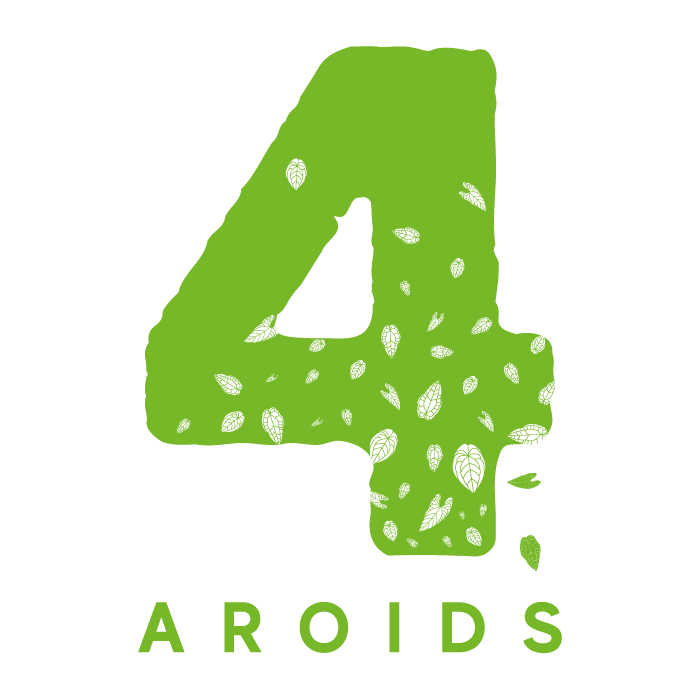Anthurium leaves have a network of veins that are crucial to the physiology and structure of the plant. They give the leaf structural stability and are the main conduit for water, minerals and nutrients between the leaf and the stem. They support the transport of assimilates (e.g. sugar) that are formed in the leaf through photosynthesis and improve the distribution of water and nutrients in the leaf. They also help to drain excess water via hydathodes (water gaps) and support gas diffusion and the regulation of photosynthesis. When there is an excess of water or minerals, the hydathodes help the plant to excrete excess water and dissolved minerals. This process is called guttation.

Nomenclature of veins:
Midrib: The midrib is the most prominent vein running vertically down the middle of the leaf.
Basal veins: The basal veins run from the base of the petiole to the periphery of the leaf. Depending on the species, they end near the leaf edge or in the collective vein. Next to the midrib, they are the most conspicuous veins.
Basal rib: The basal rib can appear as a strong vein to the right and left of the sinus and is formed by the “fused” parts of the lower basal veins.
Primary lateral veins: These represent the first branches starting from the midrib.
Secondary veins: Branches of the primary lateral veins are called secondary veins.
Interprimary veins: These branch off from the midrib like the primary lateral veins, but are much less pronounced. They are not present in every species.
Collective vein: The collective vein is a small vein that runs along the leaf margin. It can also be seen as a connection between the lower parts of the primary lateral veins. In addition, the presence of the collective vein is a defining criterion of the genus Anthurium.
Reticular veins: These smallest veins can be visible or less visible and form a network over the entire leaf surface.

Summary:
The vein structure of anthuriums is complex and serves to provide efficient supply and stability to the leaves. It is a key element for adaptation to tropical conditions and also plays an important role in the aesthetics of anthuriums in our hobby.

Leave a comment
This site is protected by hCaptcha and the hCaptcha Privacy Policy and Terms of Service apply.